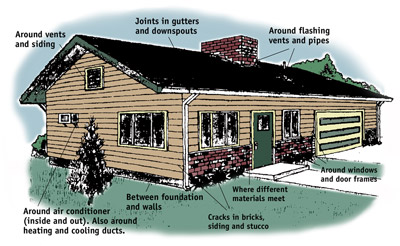If your workplace has a cafeteria or a food service this is serious business and a potential money maker.
http://www.tri-cityherald.com/2009/04/09/538667/a-posting-about-composting-at.html
Welcome to Get Green, the Herald’s blog about making the newspaper more environmentally efficient and friendly. We offer some of our experiences about the challenges and successes of “greening” the Herald, as well as tips you can use at home. Questions? Comments? Got your own tip to share? Contact Eric Degerman via 509-582-1404 or edegerman@tricityherald.com.
A posting about composting at work
By Eric Degerman, sportstricities.com
I’m not so sure about bringing a case of worms to the office.
However, if it’s good enough for Gail Everett and the City of Richland, I’m game.
And I’ll it will serve as a test to see just how thoughtful my fellow employees at the Herald are.
Last month, I visited Gail — Richland’s environmental education coordinator — at city hall to talk about getting a compost bin started at Herald headquarters.
Lo and behold, she’s not the only one working in her small office. There are a bunch of happy worms dining on her discards of fruit.
With that inspiration, I’ll launch composting efforts at the Herald later this month. I need to acquire a suitable bin, then start creating a new home for some worms. Then, I believe Gail will be adopting out some of her “co-workers” for me to take to the Herald.
Ironically, these worms love newsprint. (Recycle your favorite newspaper joke here.)
— Eric Degerman is the Herald’s online managing editor who makes regular trips each year from Richland to Clayton-Ward in Kennewick so that he can exchange his household recyclables for money to buy beverages produced from Columbia Valley grapes and hops.
:}
Fall gardening next week.
:}
 Come Celebrate!
Come Celebrate!











